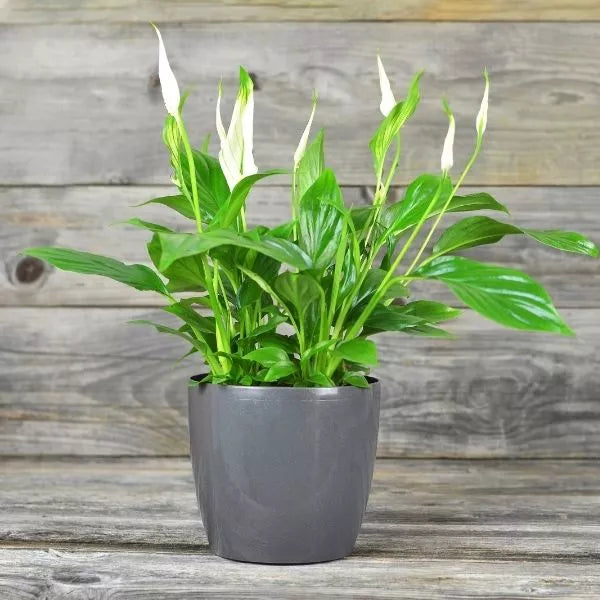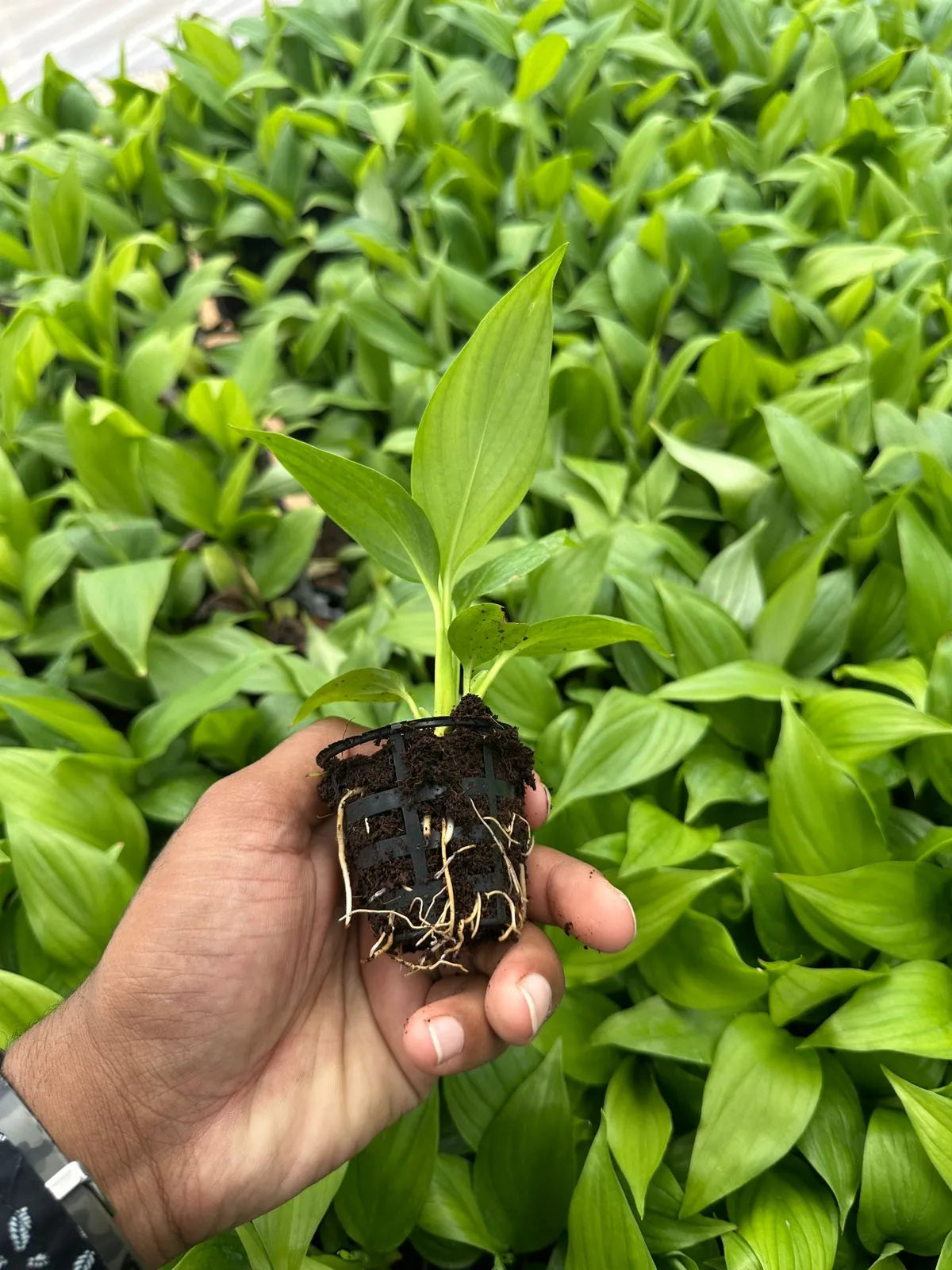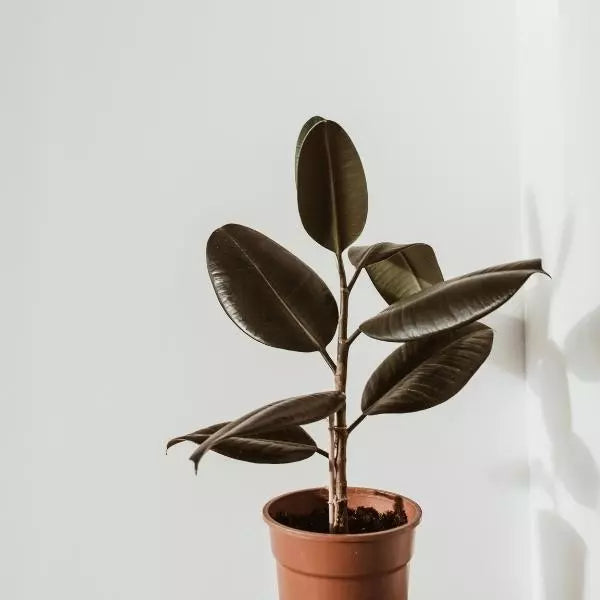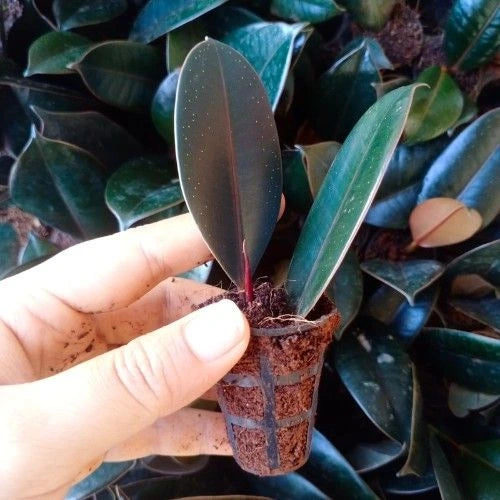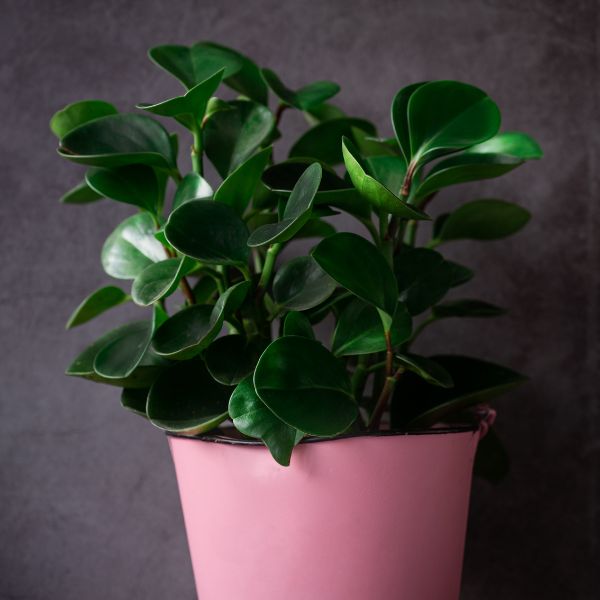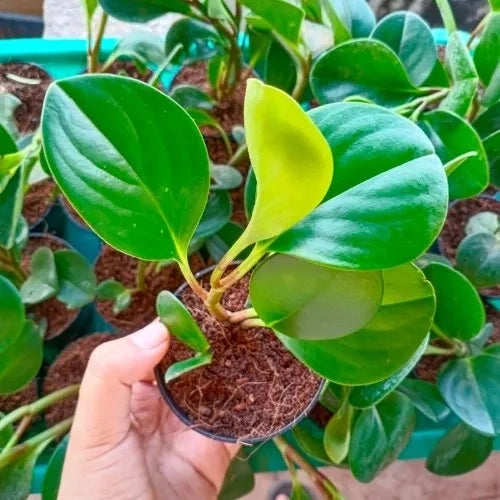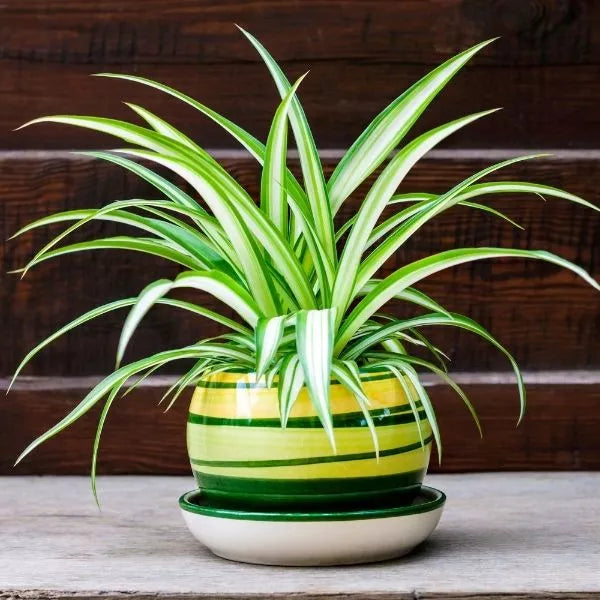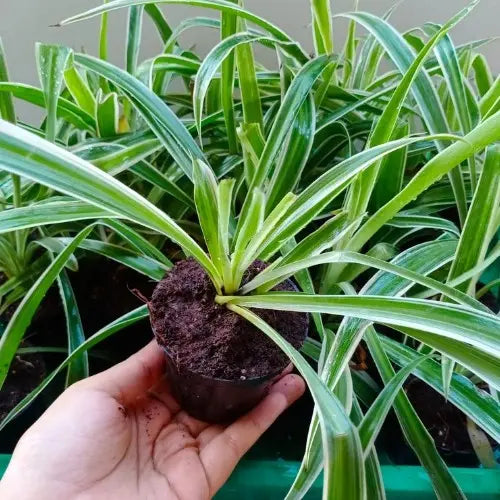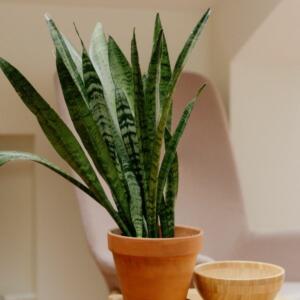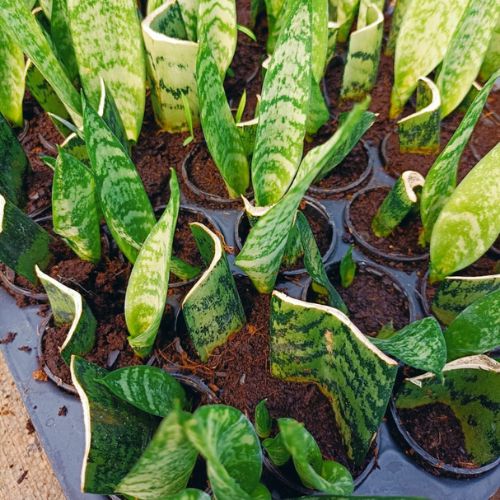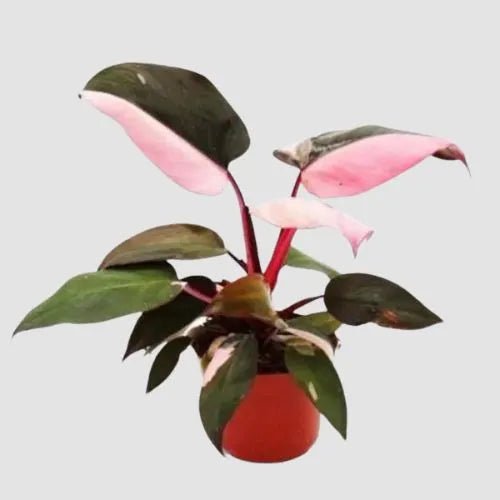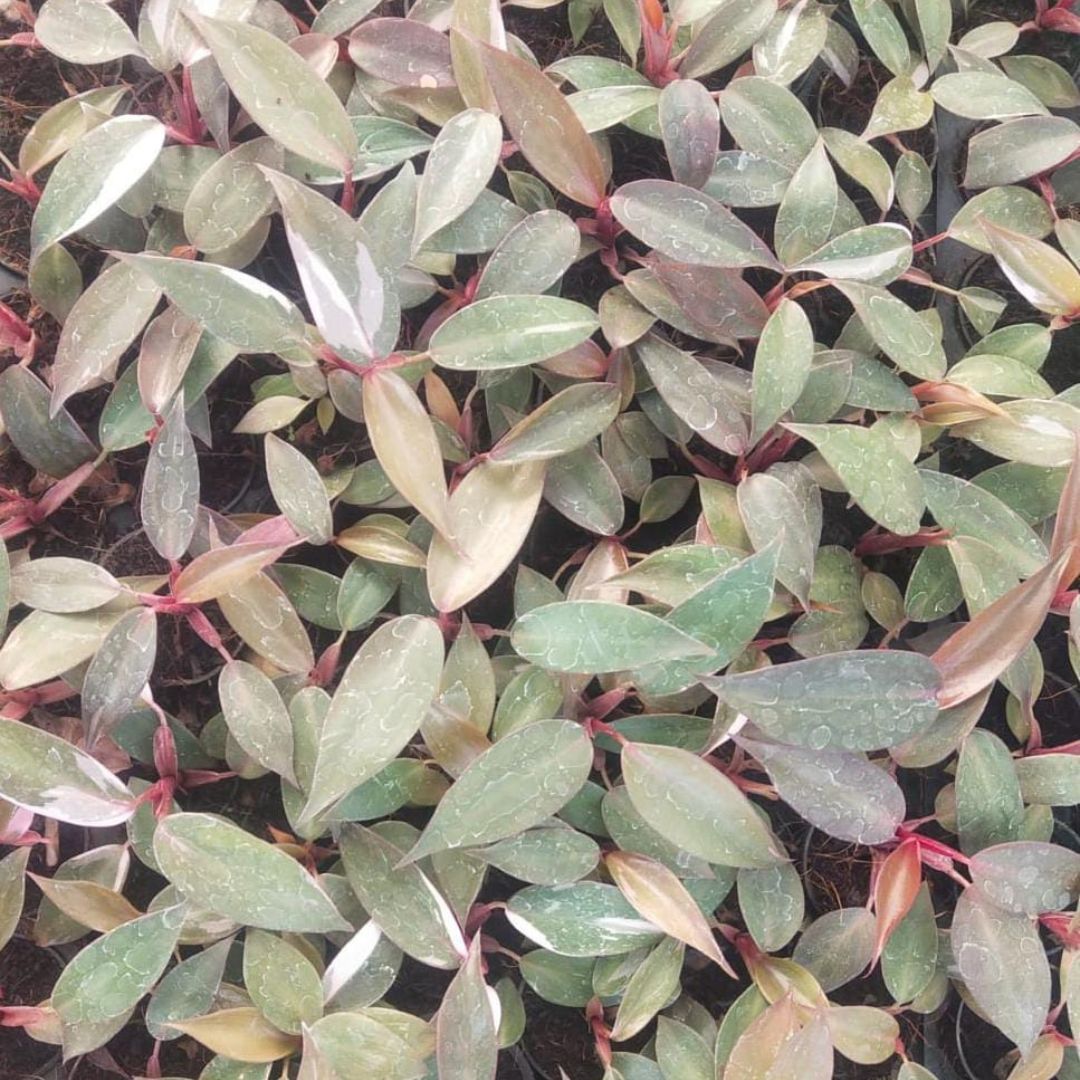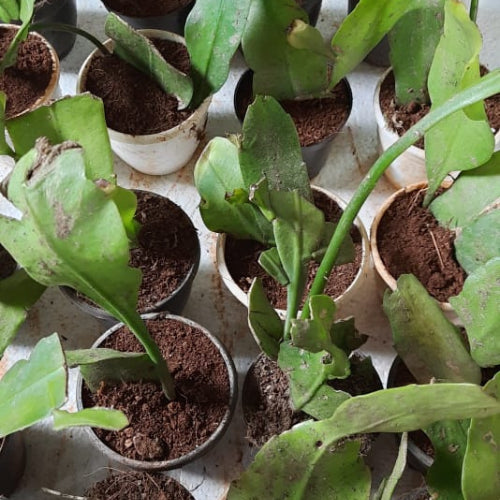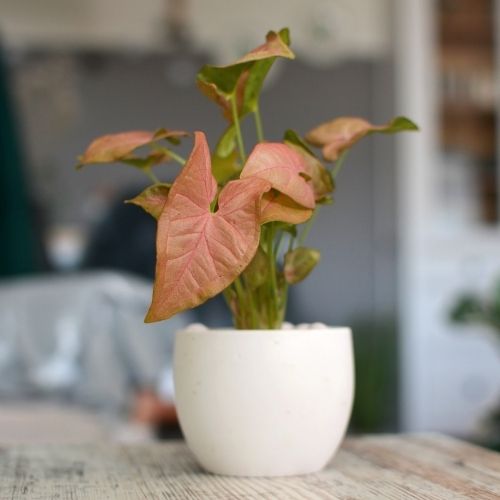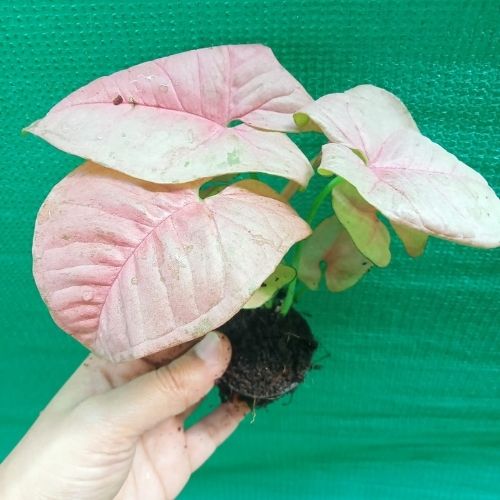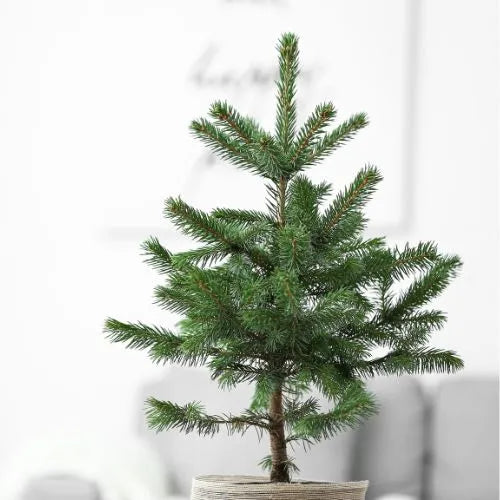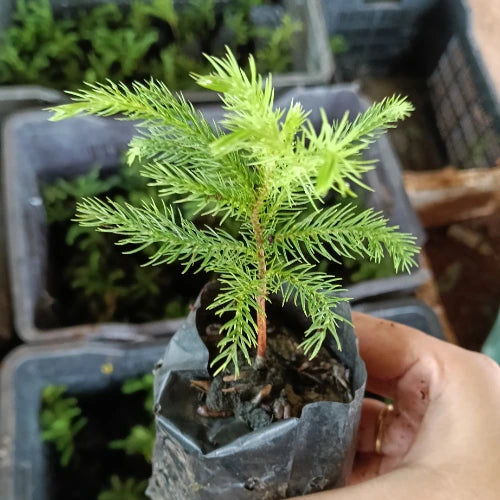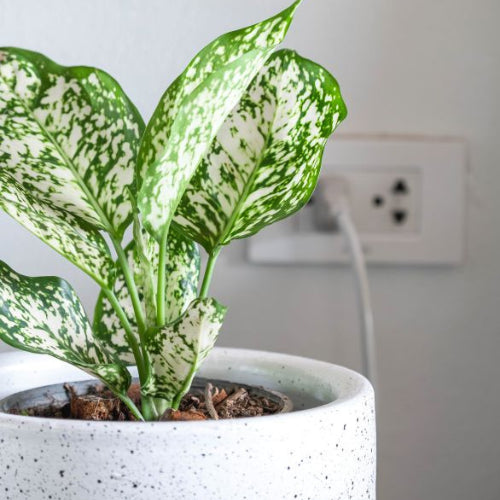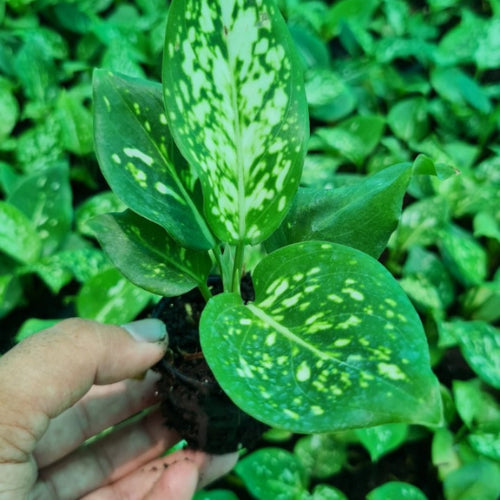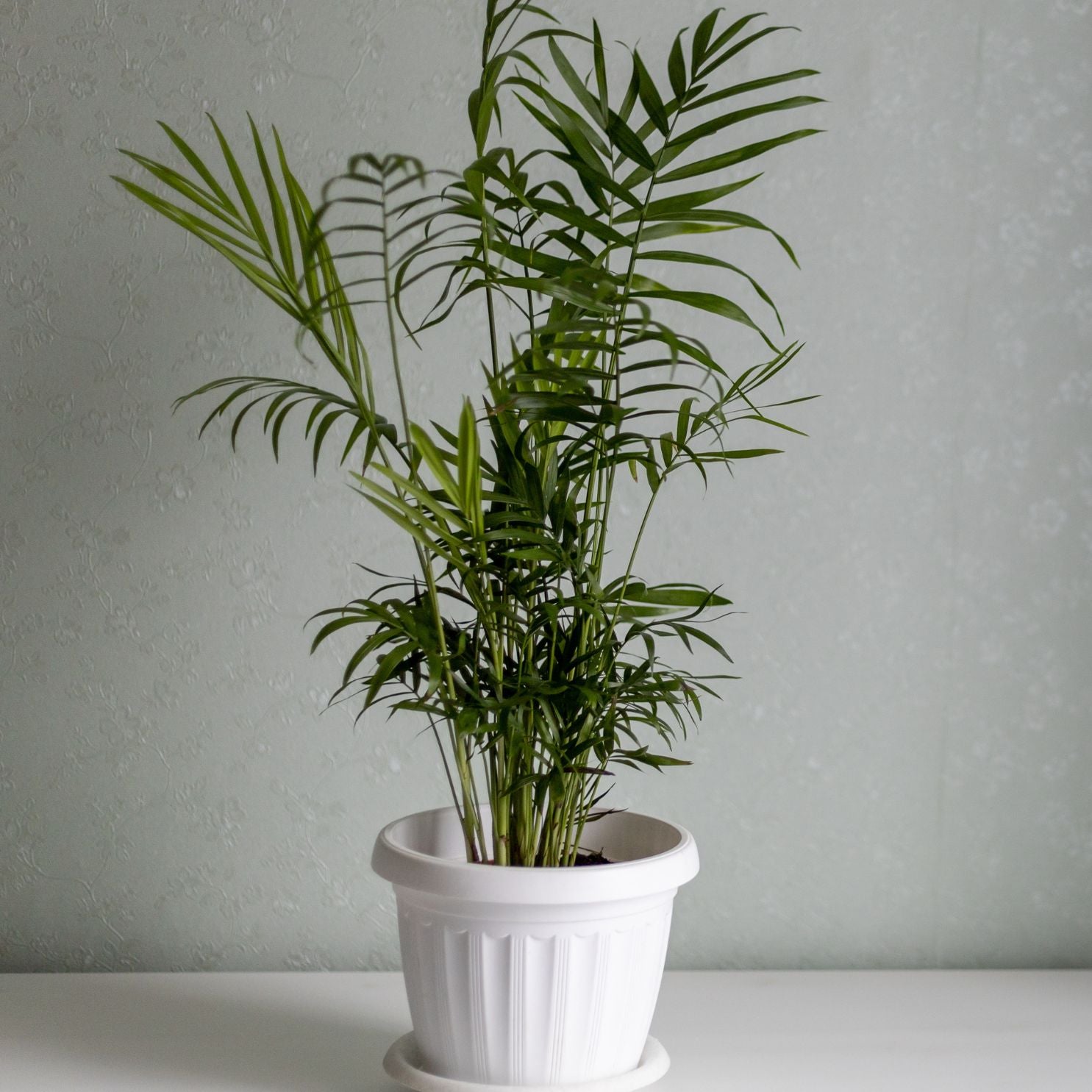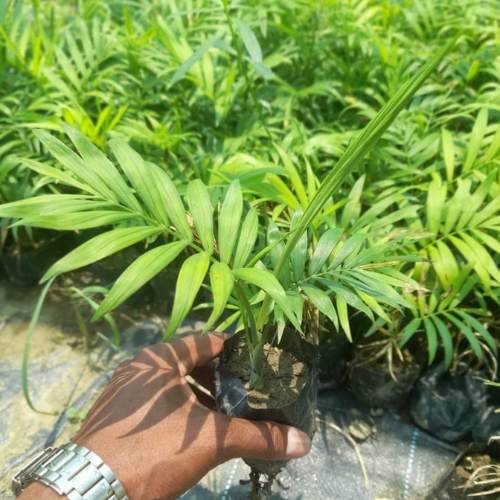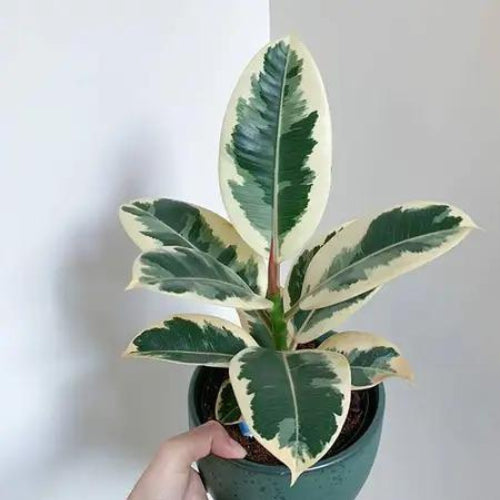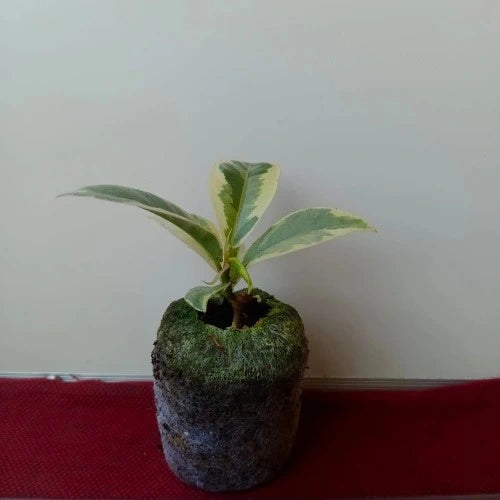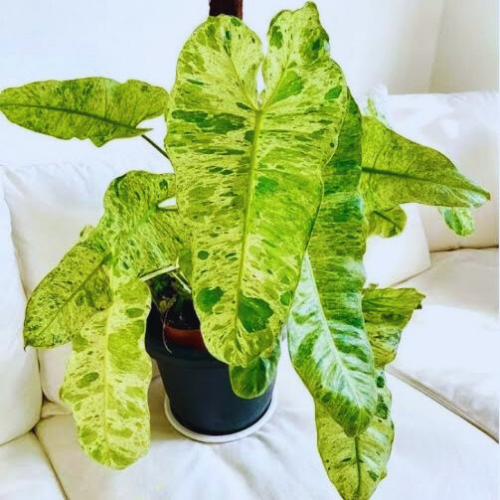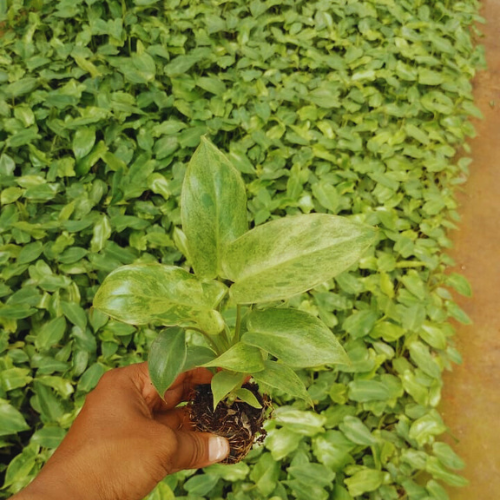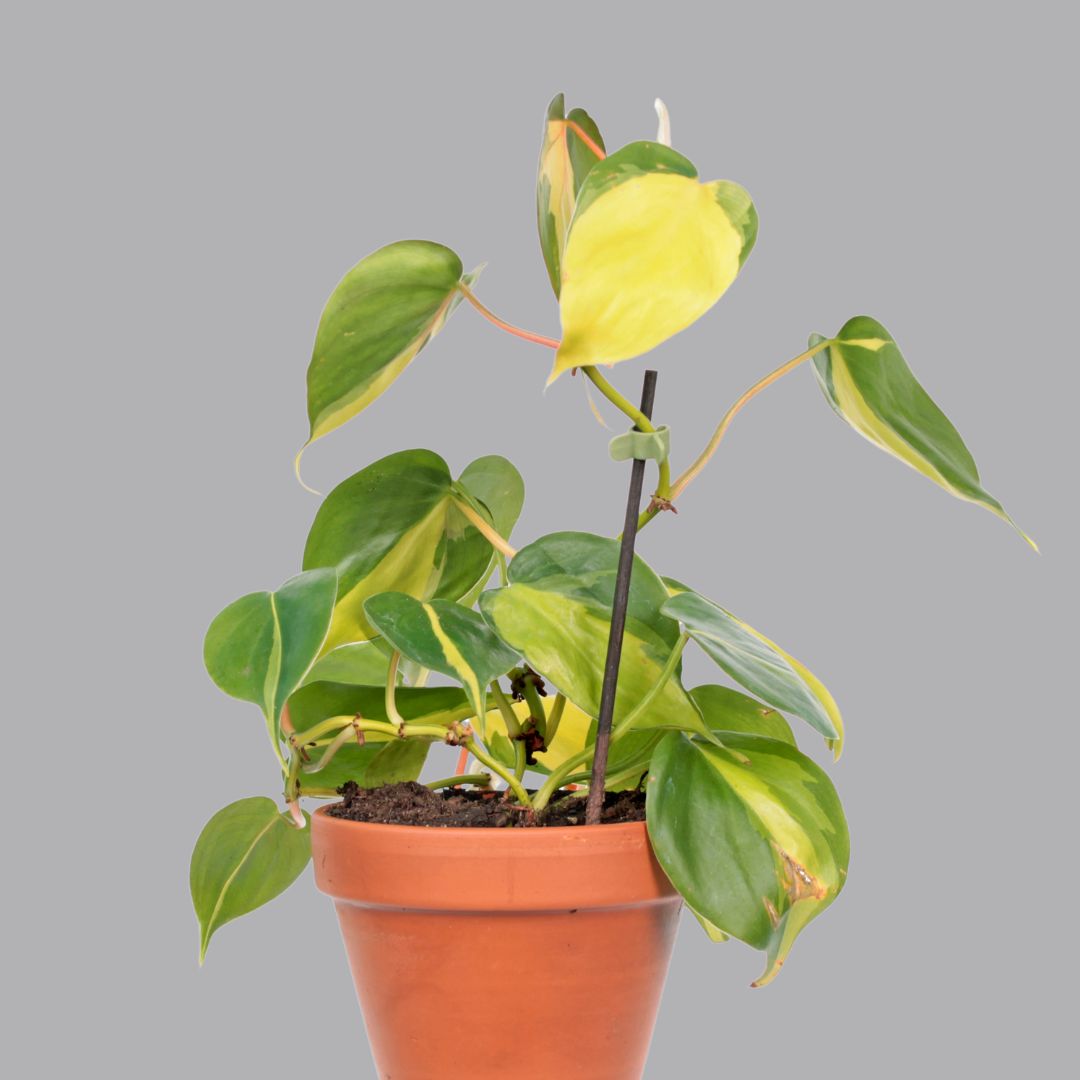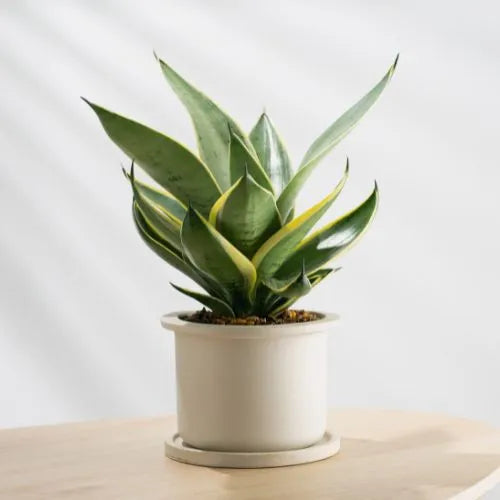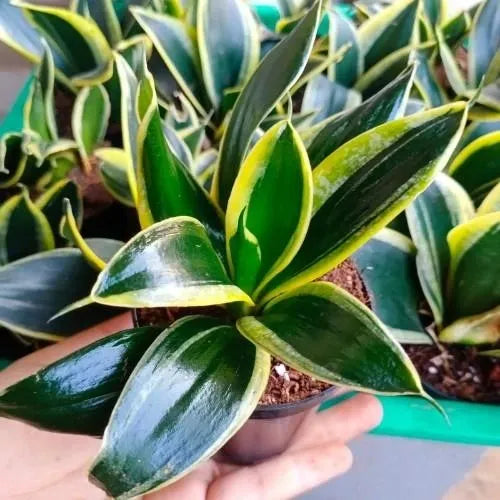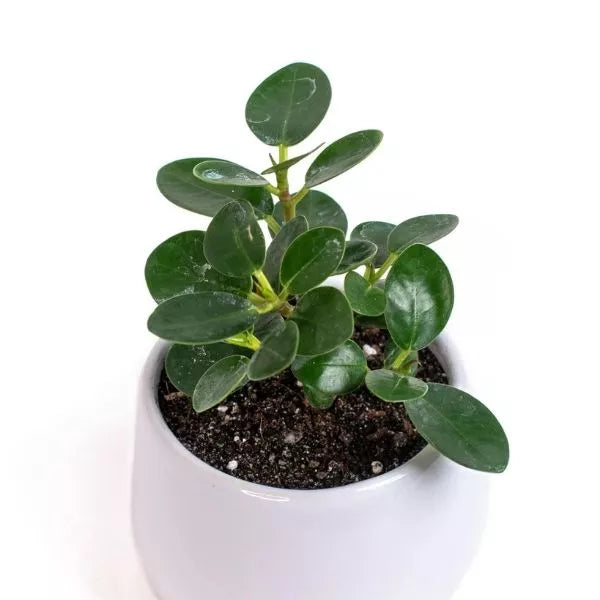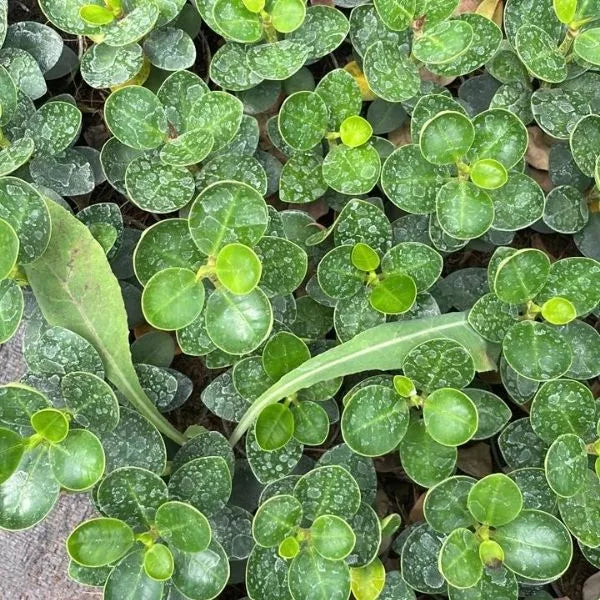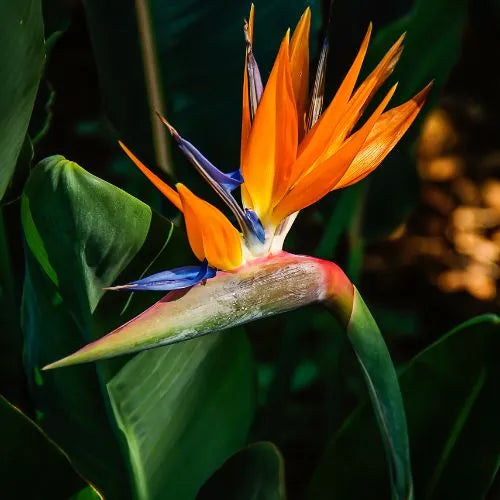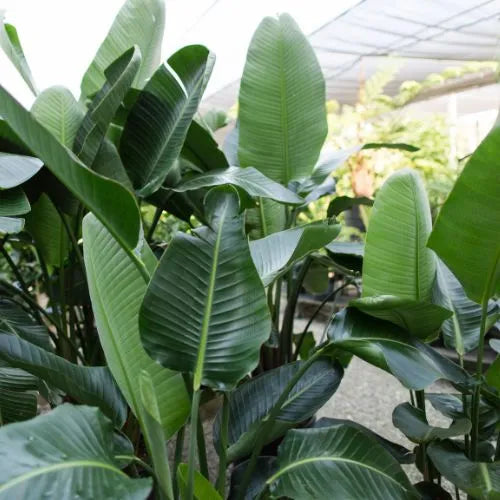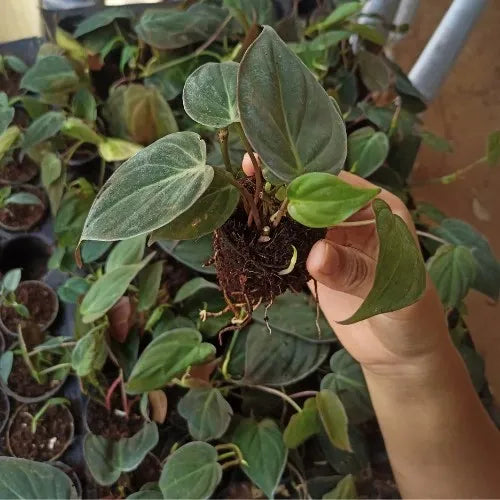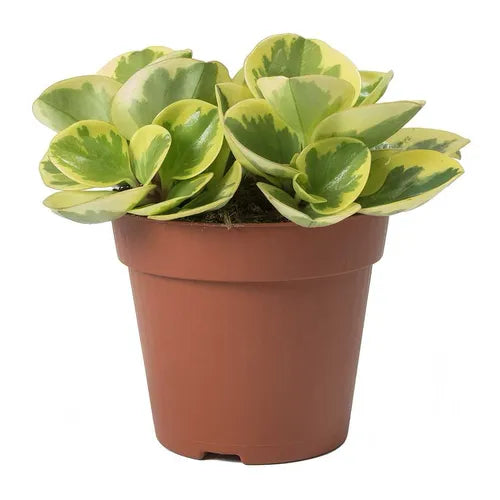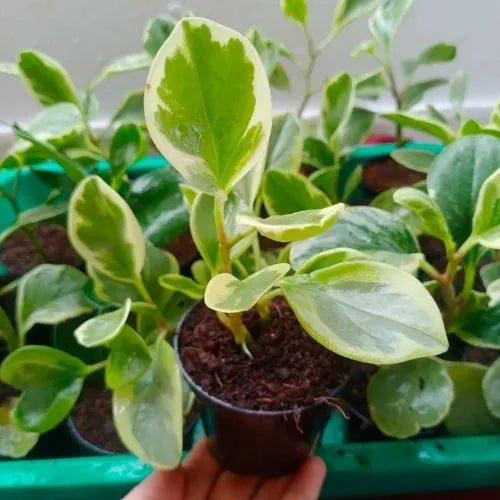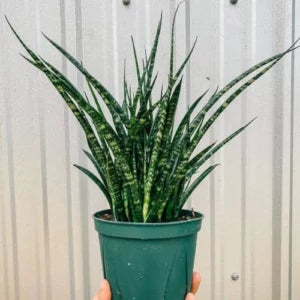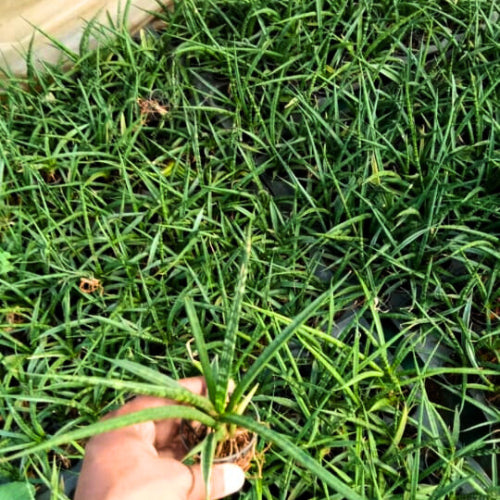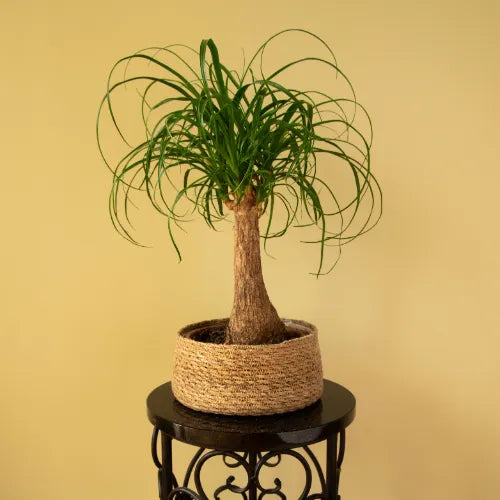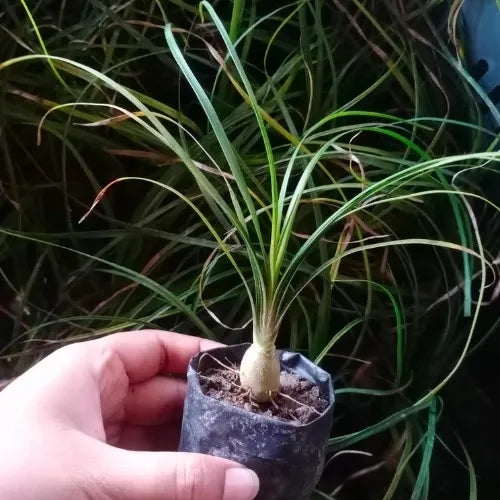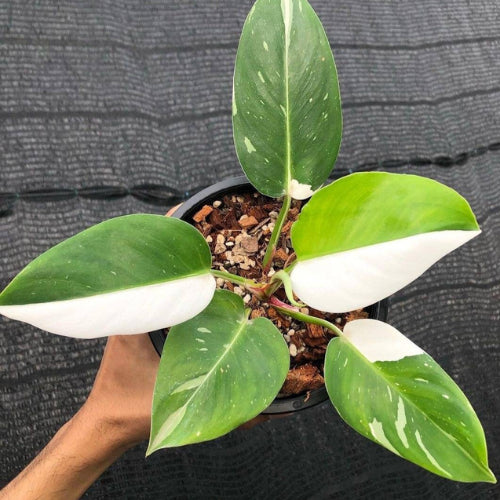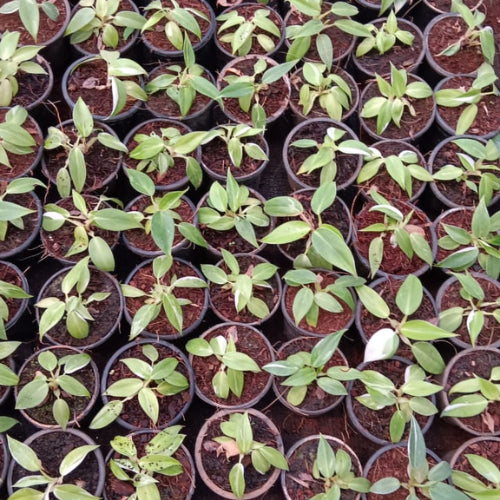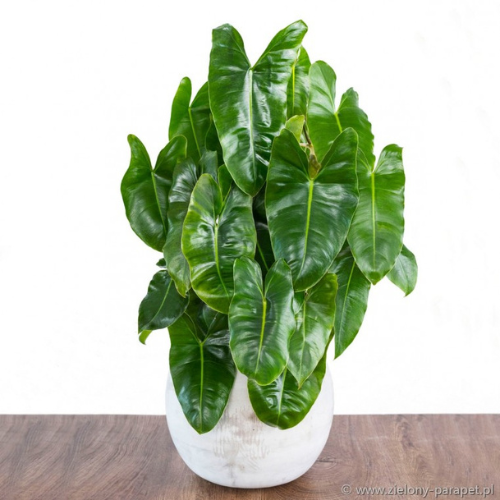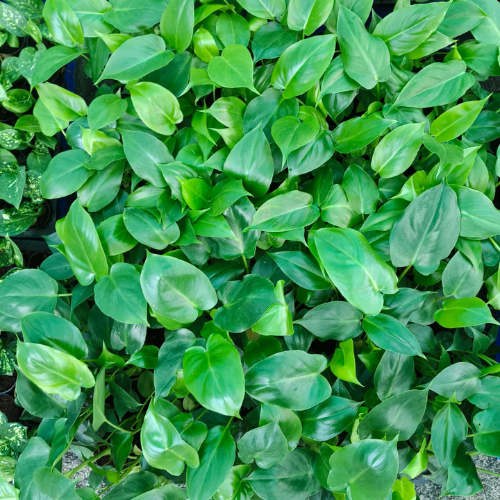Peace lilies, spider plants, snake plants, golden pothos, and bamboo palms are some examples of plants that purify the air. There’s research that each of these plants can effectively remove air pollutants.
In today’s world, air quality has become a top concern. The good news is that you do not need high-tech air purifiers to breathe cleaner air at home.
Air purifying plants
offer a natural and aesthetically pleasing solution. In this comprehensive guide, we will answer 20 of the most common questions about air purifying plants.
We will also introduce you to the world of
miniatures,
flower seeds,
organic seeds, and the convenience of shopping from an online seed store.
Let us embark on the journey to cleaner, fresher air in your living space.
Read More
What Are Air Purifying Plants?
Air purifying plants are indoor houseplants
known for their exceptional ability to improve indoor air quality by removing or neutralizing common indoor air pollutants and toxins.
These plants effectively filter the air by absorbing pollutants through their leaves and roots, which are then converted into oxygen during photosynthesis.
In other words, they act as natural air purifiers, helping to reduce the concentration of harmful substances in the air.
How Do Air Purifying Plants Cleanse Indoor Air?
Air purifying plants cleanse indoor air through a process that involves their leaves and roots:
- Absorption of Pollutants: These plants absorb airborne pollutants like volatile organic compounds (VOCs), formaldehyde, and benzene.
- Metabolism and Conversion: They break down the absorbed chemicals and convert them into harmless by-products.
- Oxygen Release: During photosynthesis, they release oxygen into the air, increasing oxygen levels and reducing harmful substances.
Which Air Purifying Plants Are Most Effective?
Some of the most effective air purifying plants include:
Can Air Purifying Plants Reduce Allergies and Respiratory Issues?
Yes, air purifying plants can help reduce allergies and respiratory issues by filtering out airborne allergens and irritants like dust, pollen, mold spores, and VOCs.
How Many Air Purifying Plants Should I Have in a Room?
Typically, one medium-sized air purifying plant (in an 8 to 10-inch
pot)
per 100 square feet of room space is recommended. Adjust the number based on room size, air quality goals, and aesthetic preferences.
How Do I Care for Air Purifying Plants?
Care for these plants by providing proper light, water, and humidity. Clean their leaves, use well-draining pots, and fertilize occasionally.
Address pests or diseases promptly to keep them healthy.
Can Air Purifying Plants Thrive in Low-Light Conditions?
Yes, some plants, like snake plants,
peace lilies,
and ZZ plants,
thrive in low-light environments, making them suitable for spaces with limited sunlight.
Are Air Purifying Plants Safe for Pets?
Some air purifying plants are pet-safe, such as
spider plants,
Boston ferns,
and areca palms.
Research before purchasing to ensure the plant is non-toxic to your pets.
Where Can I Buy Air Purifying Plants and Seeds?
You can buy air purifying plants and seeds from local nurseries, garden centers, or online stores like
The Affordable Organic Store.
What are the best air purifying plants?How do air purifying plants improve air quality?Can air purifying plants be grown in India?What are some popular air purifying plants in India?How many air purifying plants should I have in my home?How much sunlight does a air purifying plant need?What type of soil do air purifying plants need?How often should I water my air purifying plants?Do air purifying plants require fertilizer?Can I grow my air purifying plants indoors?Do air purifying plants have any health benefits?How do I know if my air purifying plant is working?Can air purifying plants remove all pollutants from the air?Do air purifying plants have any negative effects?Can air purifying plants help with allergies?Can air purifying plants help with asthma?How do I care for my air purifying plants?Can air purifying plants be propagated?Can air purifying plants be used for outdoor landscaping?Are air purifying plants pocket friendly?How long do air purifying plants live?Can air purifying plants be used in offices?How do air purifying plants help with productivity?Can air purifying plants be used in hospitals?Can air purifying plants be toxic to pets?Can air purifying plants be used to improve sleep quality?Can air purifying plants help in reducing stress?Do air purifying help with mental health?Can air purifying plants be used to improve indoor air quality during wildfires?Is it dangerous to have plants in your bedroom?Which plant gives oxygen 24 hours? What indoor plant gives off the most oxygen?Are plants better than air purifiers?Which are the best air purifying plants according to NASA research?How do to know if a plant is air purifier?What does NASA research say about air purifying plants?
Product Color
Days to Harvest
Flower Type
Growing Season
Maintenance
Season
- All Season Flowering Plants
- All Season Plants
- Monsoon Plants
- Summer Plants
- Winter Flowering Plants
- Winter Plants
Stock
Sunlight Requirement
- Bright Indirect Light
- Direct Sunlight
- Low Light
- Needs Medium to Low Light
- Needs Partial to Indirect Light
New filter
Type of Plants
- Air Purifying Plants
- Aromatic Plants
- Cacti And Succulents
- Flowering Plants
- Foliage Plants
- Indoor Plants
- Low Maintenance Plants
- Pet Friendly Plants
- Vastu Plants
New filter
- Air Purifying Plants
- Aromatic Plants
- Cacti And Succulents
- Flowering Plants
- Foliage Plants
- Indoor Plants
- Low Maintenance Plants
- Pet Friendly Plants
- Vastu Plants
Watering Requirement
Sustainable Gifting Ideas
Gift Ideas for Gardeners
Plant Support
Garden Decor Essentials
Ideal Location
- AC Rooms
- Balcony
- Bathroom
- Bedroom
- Kitchen
- Lawn-Backyard
- Living Room
- Living Room Tables
- Office Desk
- Office Premises
- Pooja Plants
- Shaded Balconies
- Study Room
- Sunny Balconies
- Table Top
- Terrace
- Windowsill
Indoor / Outdoor
Pot Size
Sunlight Requirement
- Bright Indirect Light
- Direct Sunlight
- Low Light
- Needs Medium to Low Light
- Needs Partial to Indirect Light
Watering Requirement
Sunlight Requirement
- Bright Indirect Light
- Direct Sunlight
- Low Light
- Needs Medium to Low Light
- Needs Partial to Indirect Light
Type of Plants
- Air Purifying Plants
- Aromatic Plants
- Cacti And Succulents
- Flowering Plants
- Foliage Plants
- Indoor Plants
- Low Maintenance Plants
- Pet Friendly Plants
- Vastu Plants
Gift Ideas for Gardeners
TwitterInstagramLinkedinFacebookPinterestQuora
PAGES
- About Us
- Store
- Our Team
- Partner With Us
- Contact Us
- Seeds For Plastic
- Our Impact
- Offers
- Jobs
- Track Order
- TAOS Points
- Return and Refund Policy
- Terms of Service
- Events
- Get a free plant
Quick LINKS
- Seeds
- Flower Seeds
- Vegetable Seeds
- Herb Seeds
- Fruit Seeds
- Microgreen Seeds
- Gardening Kits
- Gardening Essentials
- Manures
- Sustainable Living
- Miniature Garden Toys
- Algae project
BLOGS
- Gardening Workshops
- Gardening Calendar Blogs
- -- Influencer Calendar Blogs
- -- Plants Calendar Blogs
- -- Seeds Calendar Blogs
- Sustainable Gifting Ideas
- Gardener Stories
- Garden Care Blogs
- Miniature Garden Decor
Shop by cities
WORKSHOPS
The Affordable Organic Store1572 Google reviewsWrite a reviewChidambara Hariharan14/01/2024Good seedsSneha Lal13/01/2024All plants are ok delivery time taken so muchSubharaj S12/01/2024Received my saplings today...very good packing...tk u A.Organic store...I impressed yr delivery packing....very happy...keep yr god job...👍Privacy Policy
Copyright © The Affordable Organic Store
Powered by The Affordable Organic Store

